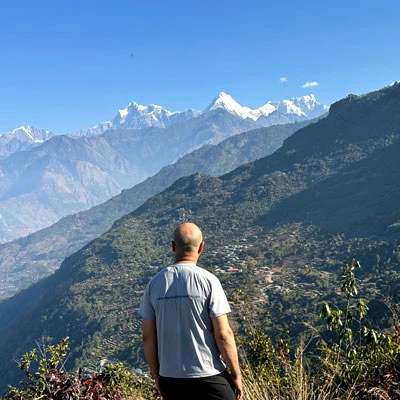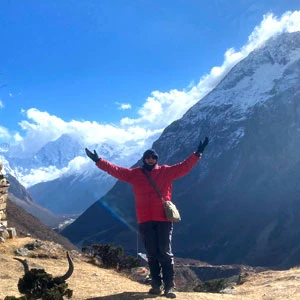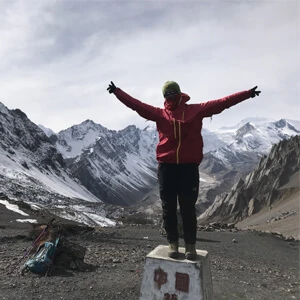Are you planning to trek in the Himalayas in Nepal? The mountainous country of Nepal offers the most beautiful trekking routes on earth, such as Everest Base Camp, Annapurna Base Camp, and Manaslu Circuit Trek, to name a few. While most trekking routes lead from lowland to above 5000 m, it is important to understand High altitude Sickness before beginning your adventure.
How to Handle the High Altitude Sickness While Trekking in Nepal?
High altitude sickness and preventionsWhat is high-altitude sickness?
High-altitude sickness is also called acute mountain sickness. It is the effect of decreased oxygen levels at high altitudes on the body when it hasn't had sufficient time to adapt. Other aspects, such as dehydration, rushing during hikes, and inappropriate gear, can also be contributing factors. Normally, altitude sickness occurs from 2500 m to higher. Short breathing, fatigue, nausea, rapid pulse, dizziness, headache, vomiting, fever, loss of appetite, short sleep, etc. are the basic symptoms of high altitude sickness. However, there are three major illnesses, such as:
Acute Mountain Sickness (AMS)
AMS is the basic form of altitude sickness and includes symptoms such as nausea, dizziness, headache, tiredness, difficulty sleeping, vomiting, losing appetite, fever, coughing, shortness of breath, etc. However, AMS affects two major parts of our bodies.
High-Altitude Pulmonary Edema (HAPE)
It is a buildup of fluid in the lungs that can be very dangerous and life-threatening. On top of the basic symptoms, you may encounter coughing, short breathing, breaking sleep, blue skin color, a dramatic drop in oxygen level, a rapid pulse, etc.
High Altitude Cerebral Edema (HACE)
It is a buildup of fluid in the brain, which is even worse and life-threatening. You may begin with basic symptoms like AMS, which may lead to confusion, losing consciousness, walking like a drunk, a high fever, a booming headache, swelling of the face, etc.
Comparatively, HAPE and HACE are rarer than AMS but can be fatal.
How to Prevent High-Altitude Sickness
There are many ways to prevent AMS such as —
- Ensure you have an experienced guide.
- Proper trekking gear and dressing up
- Slow and steady progress while hiking
- Hike higher, sleep lower.
- Maintain good eating habits and drink sufficient amounts of water.
- Abstain from alcohol and smoking at elevations higher than 3000 meters.
- Avoid drinking caffeine.
- Observe proper acclimatization procedures (normally an acclimatization day (rest day) begins at 3000 meters, and every 1000 meters ascending takes an acclimatization day).
- Listening to the guidance of your trained guides and your body
- Take appropriate medications such as Paracetamol or Diamox.
- Descend to lower altitudes until the symptoms recede
- If you are in a risk zone, take an emergency helicopter evacuation service.
If all else fails and you can't manage to get to a lower altitude under your own steam the quick and easy solution might be to use horse transportation or, worse scenario if circumstances permit, then only use helicopter evacuation. The trekking leads above 3000m such as Everest Base Camp, Everest Three High Passes Trek, Gokyo Valley Trek, Manaslu Circuit Trek, Tsum Valley Trekking, Annapurna Circuit Trekking,Annapurna Base Camp Trek, Tilicho Lake trekking, Nar Phu Valley Trek, Langtang Valley Trek, Langtang Gosaikunda Trek, Kanchenjunga Trek, Dhaulagiri Trek, etc. For those kinds of the trek, we recommend you go slowly and steadily, hike higher and sleep lower, well dress up and eating habits, well acclimatize, and drink more water. So this is how you can minimize the risk of altitude sickness.
However, for more details, you may contact our local expert.







